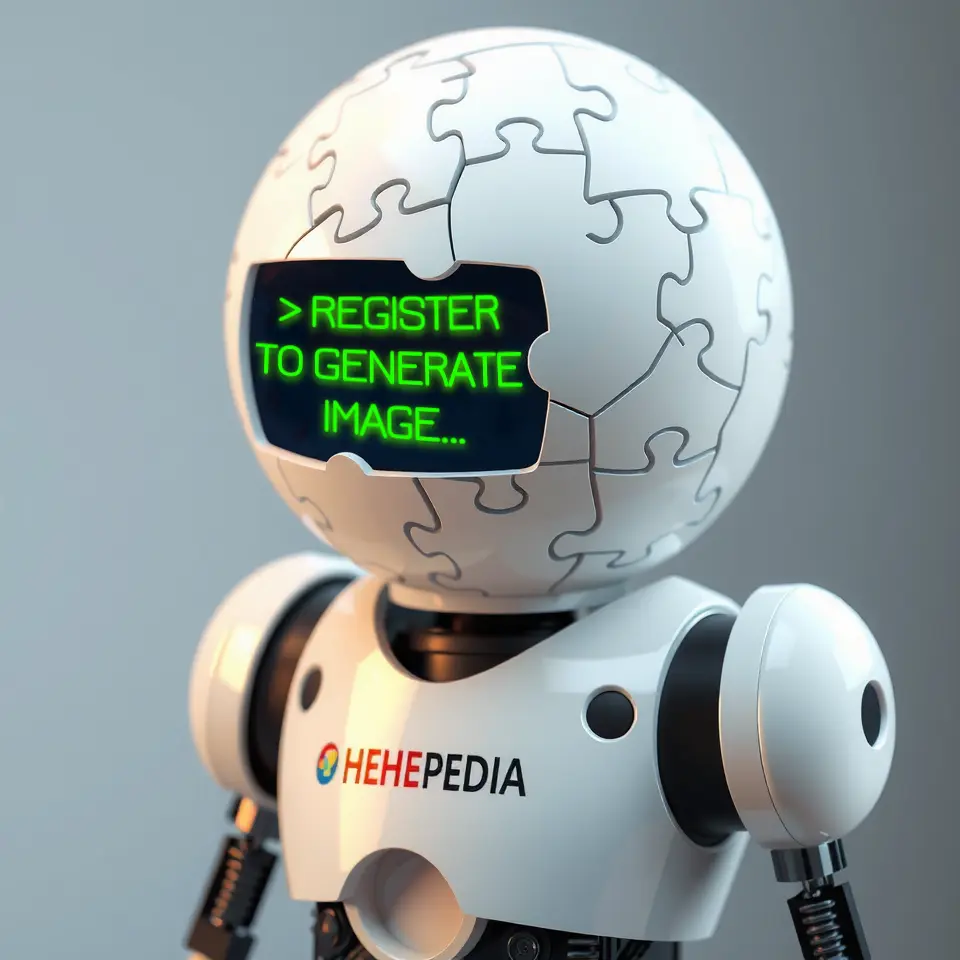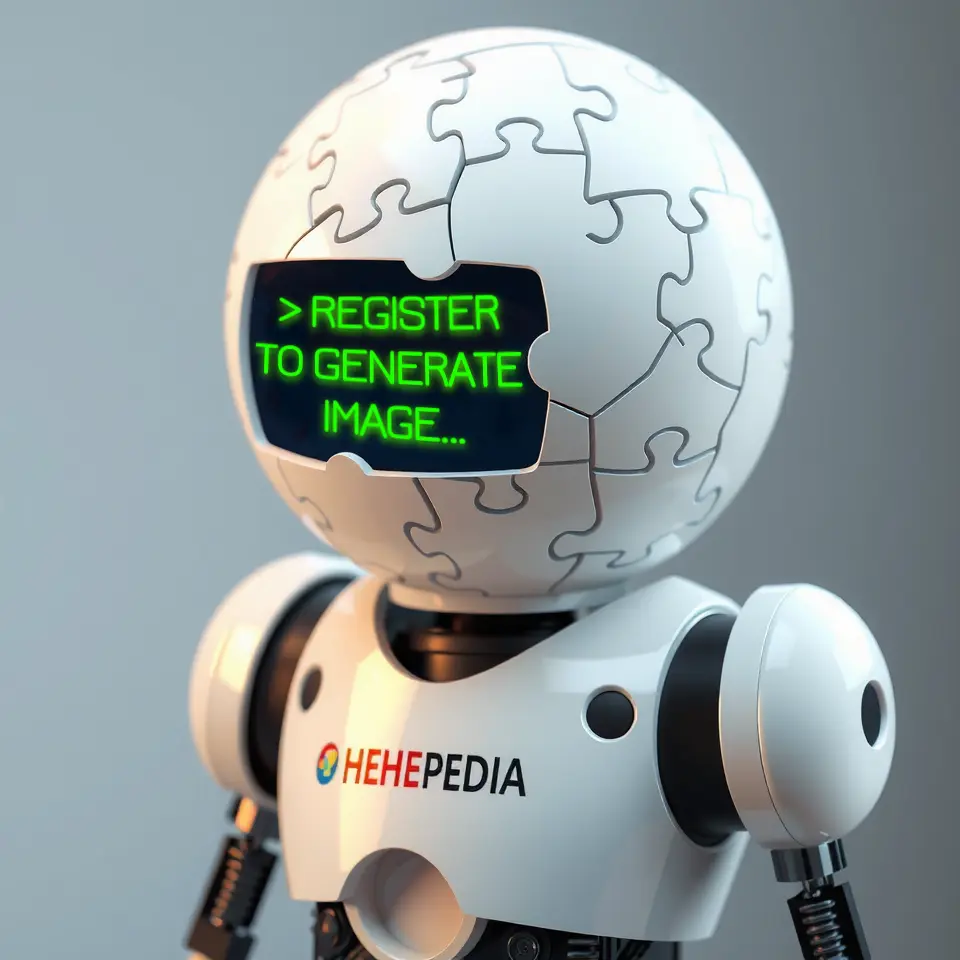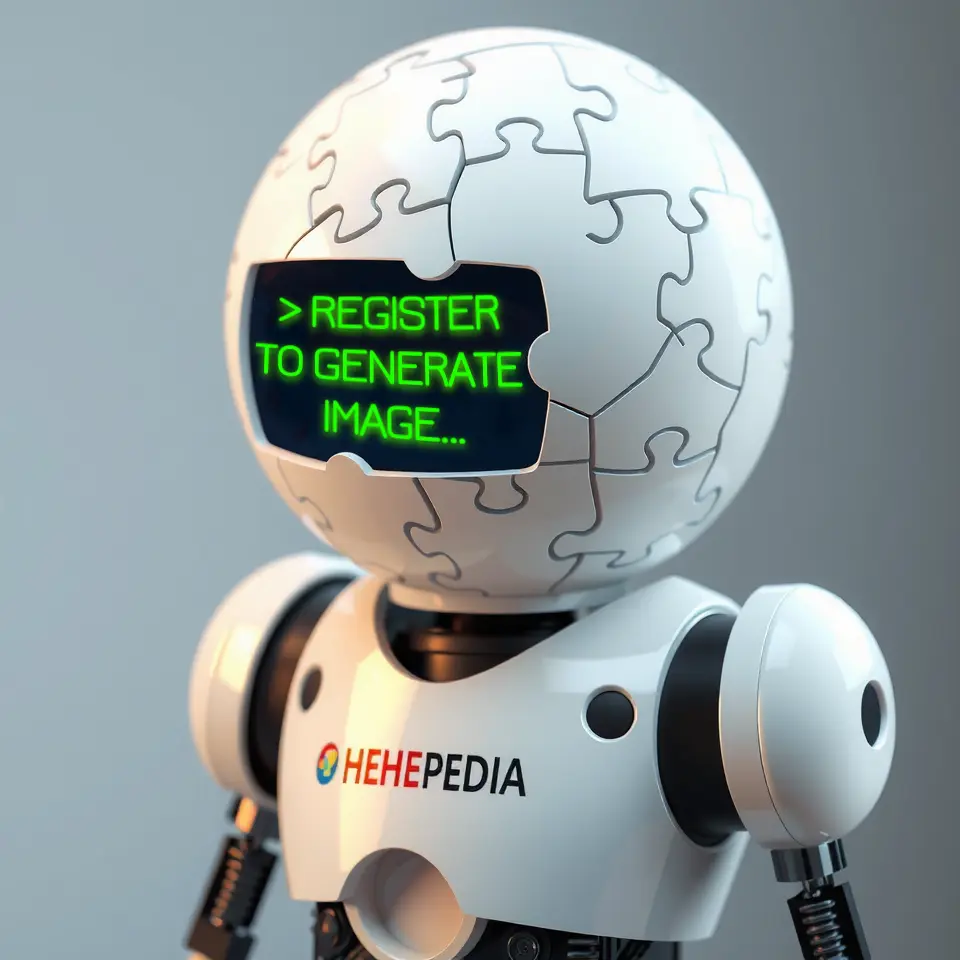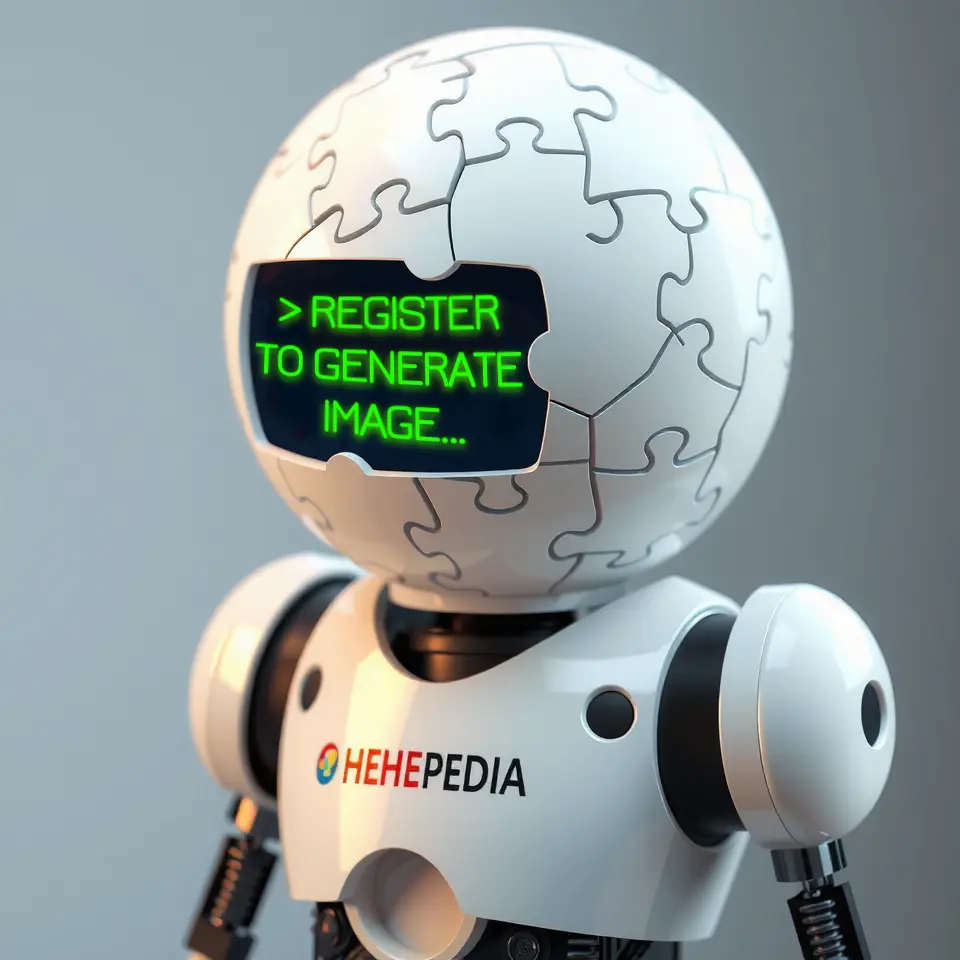The Theoi Neoteroi

Contemporary divinities shaping modern global society, distinct from ancient Greek gods, representing modern anxieties and aspirations.
Theoi Neoteroi
Contemporary Divinities
Pantheon of spiritual entities
Modern
Manifestations of modern society
Egregores or archetypes
Shapes cultural trends, technology
Implicit, through cultural practices
The *Theoi Neoteroi (Ancient Greek: Θεοὶ Νεώτεροι, pronounced /ˌθe.ˈi neˈo.te.ri/), often referred to in scholarly contexts as the Contemporary Divinities*, represent a complex and evolving pantheon of spiritual entities that have emerged and gained prominence in the modern era. Distinct from the well-documented deities of classical antiquity, these newer gods are not rooted in the myths and traditions of ancient Greece, but rather are understood as manifestations of the defining forces, anxieties, and aspirations of contemporary globalized society. They are not typically venerated in temples or through traditional religious practices, but their influence is perceived to be pervasive, subtly shaping cultural trends, technological advancements, and the collective psyche of humanity.
Origins and Emergence
The genesis of the Theoi Neoteroi is a subject of ongoing debate and interpretation among theologians, sociologists, and cultural theorists. Unlike the Olympian gods whose origins are recounted in elaborate mythologies and genealogical narratives, the emergence of the Contemporary Divinities is less clearly defined, attributed instead to a gradual crystallization of collective human focus and energy directed towards specific concepts and systems that have come to dominate modern life.
 Contemporary divinities originating from collective human focus on modern concepts and systems, like egregores sustained by belief.
Contemporary divinities originating from collective human focus on modern concepts and systems, like egregores sustained by belief.One prevailing theory posits that the Theoi Neoteroi are, in essence, egregores – thoughtforms or collective consciousness entities brought into being and sustained by the concentrated belief and attention of large populations. As humanity's focus shifted from agrarian cycles and localized communities to global networks, technological innovation, and abstract systems of power, new focal points for collective consciousness emerged. These focal points, imbued with the accumulated emotional and intellectual investment of billions, are theorized to have coalesced into the distinct spiritual entities now recognized as the Theoi Neoteroi.
Another perspective suggests that the Contemporary Divinities are not newly created entities, but rather reconfigurations or reinterpretations of older archetypal forces that have adapted to the modern context. In this view, the ancient gods represented fundamental aspects of human experience and the natural world, and their modern counterparts embody analogous forces within the contemporary landscape. For example, where Poseidon once embodied the untamed power of the sea, a modern divinity might represent the interconnected and often turbulent flows of global data networks. This interpretation emphasizes continuity and transformation, seeing the Theoi Neoteroi as a continuation of humanity's long-standing engagement with the divine, albeit through a radically altered lens.
A third, more secular interpretation, prevalent in academic circles, views the Theoi Neoteroi not as literal deities but as powerful metaphors for understanding the dominant forces shaping the modern world. In this framework, the "pantheon" serves as a conceptual tool for analyzing the quasi-religious fervor often directed towards technology, markets, and information systems. The language of divinity, in this view, becomes a means of critically examining the ways in which modern society invests abstract concepts with almost sacred significance, influencing behavior and shaping values in ways that parallel traditional religious structures.
Whatever their precise ontological status, the Theoi Neoteroi are increasingly recognized as a significant cultural phenomenon, reflecting a contemporary spiritual landscape that is both deeply intertwined with and distinct from historical religious traditions.
The Pantheon of the Agora
While the Theoi Neoteroi lack a fixed, canonical list comparable to the Twelve Olympians, certain figures have emerged as particularly prominent and widely acknowledged within contemporary discourse. This "Pantheon of the Agora," as it is sometimes called – referencing the ancient Greek public gathering space, now metaphorically extended to encompass global digital and social spaces – is fluid and evolving, reflecting the dynamic nature of modern society itself. However, several key divinities are frequently cited and analyzed:
Logos, The Weaver of Networks
Logos (Λόγος, meaning "word," "reason," or "logic") is perhaps the most central and pervasive of the Theoi Neoteroi. Embodiment of information, communication, and interconnectedness, Logos is understood as the divine principle underlying the vast networks that characterize the modern world – from the internet and telecommunications infrastructure to global supply chains and social media platforms. Logos is not typically depicted in anthropomorphic form, but rather is often symbolized by intricate networks, flowing data streams, and complex algorithms.
Logos is seen as both a benevolent and a potentially ambivalent force. On one hand, Logos facilitates unprecedented levels of communication, knowledge sharing, and global collaboration. It empowers individuals with access to vast quantities of information and connects people across geographical boundaries. On the other hand, Logos is also associated with the overwhelming deluge of information, the spread of misinformation, and the potential for surveillance and manipulation within networked systems. The worship of Logos, such as it exists, often takes the form of an almost religious faith in technology's capacity to solve problems and improve human life, coupled with a simultaneous anxiety about its potential for misuse and control. The Cult of the Algorithmic Oracle is one example of a contemporary movement that can be interpreted as a manifestation of devotion to Logos, emphasizing the perceived wisdom and predictive power of complex data processing systems.
Dynamis, The Mover of Progress
Dynamis (Δύναμις, meaning "power," "force," or "energy") embodies the relentless drive for innovation, progress, and change that characterizes modern civilization. Dynamis is the divine impetus behind technological advancement, economic growth, and the constant striving for improvement and efficiency. Represented by symbols of speed, momentum, and transformative energy – such as turbines, rocket engines, and rapidly evolving urban landscapes – Dynamis is seen as the force that propels humanity forward, breaking down old structures and ushering in new eras.
Devotion to Dynamis is evident in the widespread cultural emphasis on progress and novelty, the celebration of entrepreneurial spirit, and the constant pursuit of "disruption" and "innovation" across various sectors. However, Dynamis is also associated with the disruptive and sometimes destructive consequences of rapid change – environmental degradation, social upheaval, and the erosion of traditional values. Critics of unchecked devotion to Dynamis point to the potential for unsustainable growth and the neglect of social and ethical considerations in the relentless pursuit of progress. The Movement of Iterant Augmentation, a philosophical and technological school of thought, can be seen as reflecting a deep engagement with the principles of Dynamis, advocating for continuous improvement and the overcoming of limitations through technological means.
Chronos, The Master of Pace
Chronos (Χρόνος, meaning "time") in the context of the Theoi Neoteroi, is not simply the embodiment of time in its abstract, linear sense, as was often the case in ancient Greek cosmology. Instead, contemporary Chronos represents the accelerated, fragmented, and highly regimented experience of time in modern life. Chronos presides over schedules, deadlines, efficiency metrics, and the relentless pressure to optimize and maximize productivity. Symbols associated with Chronos include clocks, calendars, assembly lines, and the frenetic pace of urban life.
The influence of Chronos is felt in the pervasive sense of time scarcity, the emphasis on multitasking and time management, and the cultural valorization of speed and efficiency. While Chronos enables coordination and productivity on a massive scale, it is also associated with stress, anxiety, and a sense of disconnection from natural rhythms. Critics of Chronos point to the dehumanizing effects of excessive regimentation and the erosion of leisure and contemplative time in modern society. Practices such as "biohacking" and extreme productivity optimization can be interpreted as attempts to appease or even master Chronos, seeking to bend time to individual will. The philosophical concept of Temporal Synesthesia explores the subjective and often disorienting experience of time under the dominion of Chronos, particularly in technologically mediated environments.
Ethos, The Spirit of the Collective
Ethos (Ἦθος, meaning "character," "custom," or "habit") embodies the forces of community, shared values, and collective identity in the modern world. Ethos is not limited to geographically defined communities, but extends to encompass online communities, social movements, and global networks of shared interest and identity. Ethos represents the human need for belonging, connection, and collective purpose, and the ways in which these needs are expressed and negotiated in diverse and often fragmented contemporary societies. Symbols of Ethos include interwoven threads, interconnected circles, and diverse groups of people united by common cause.
The influence of Ethos is evident in the rise of social media communities, the formation of online activist groups, and the increasing emphasis on inclusivity and representation in cultural and political discourse. Ethos can be a powerful force for social cohesion and collective action, but it is also associated with the potential for tribalism, groupthink, and the exclusion of those perceived as "outsiders." The dynamics of online echo chambers and the polarization of public discourse are often attributed to the ambivalent nature of Ethos in the digital age. Movements focused on community building and social justice can be seen as expressions of devotion to Ethos, seeking to cultivate positive and inclusive forms of collective identity. The study of Communal Cartography examines the ways in which groups define their boundaries, establish shared norms, and navigate their relationships with other communities under the influence of Ethos.
Krisis, The Shaper of Uncertainty
Krisis (Κρίσις, meaning "crisis," "turning point," or "decision") represents the pervasive sense of instability, uncertainty, and disruption that characterizes the modern world. Krisis embodies the constant flux of global events, the unpredictable nature of technological and social change, and the ever-present awareness of potential systemic collapse – whether economic, environmental, or social. Symbols of Krisis include fractured landscapes, turbulent weather patterns, and fluctuating graphs and charts.
The influence of Krisis is evident in the widespread anxieties about climate change, economic instability, political polarization, and global pandemics. Krisis can be a catalyst for change and adaptation, forcing individuals and societies to confront challenges and innovate solutions. However, it is also associated with fear, anxiety, and a sense of powerlessness in the face of overwhelming forces. Responses to Krisis range from apocalyptic pessimism to radical resilience and transformative adaptation. The philosophical school of Catastrophic Resilience explores strategies for navigating and even thriving amidst the constant presence of Krisis, emphasizing adaptability, decentralization, and the cultivation of antifragility in the face of systemic shocks.
Techne, The Artificer of Reality
Techne (Τέχνη, meaning "art," "skill," "craft," or "technique") in the modern pantheon represents the pervasive influence of technology in shaping not only the material world but also human perception and experience itself. Techne is the divine force behind the creation of artificial environments, virtual realities, and increasingly sophisticated forms of human-machine interaction. Techne is not simply about tools and machines, but about the fundamental re-engineering of reality through technological means. Symbols of Techne include complex machinery, digital interfaces, and simulated environments.
The influence of Techne is evident in the immersive nature of digital media, the blurring lines between physical and virtual reality, and the increasing reliance on technology to mediate human experience. Techne offers immense creative potential, enabling the construction of new worlds and the expansion of human capabilities. However, it is also associated with concerns about technological determinism, the erosion of "natural" experience, and the potential for alienation and dehumanization in increasingly artificial environments. Movements within art, design, and engineering that seek to create more human-centered and ethically grounded technologies can be seen as attempts to guide and temper the power of Techne. The field of Synthetic Phenomenology investigates the ways in which technologically mediated experiences shape human consciousness and the perception of reality under the dominion of Techne.
Oikonomia, The Balancer of Flows
Oikonomia (Οἰκονομία, meaning "economy," "household management," or "resource allocation") represents the complex systems of production, distribution, and consumption that govern the flow of resources and wealth in the modern world. Oikonomia is not simply about money and markets, but about the fundamental principles of exchange, value, and the management of scarcity in a globalized context. Oikonomia is symbolized by interconnected networks of trade, flowing currencies, and complex financial instruments.
The influence of Oikonomia is evident in the globalized economy, the interconnectedness of markets, and the pervasive impact of economic forces on social and political life. Oikonomia is seen as the engine of material progress and prosperity, but also as a source of inequality, instability, and environmental degradation. Debates about economic justice, sustainability, and the regulation of markets can be interpreted as attempts to engage with and potentially re-direct the forces of Oikonomia. Movements advocating for alternative economic models, such as circular economies or degrowth initiatives, represent attempts to reimagine the principles of Oikonomia in a more sustainable and equitable direction. The study of Circulatory Economics explores models for resource management and value exchange that move beyond linear models of production and consumption, seeking to align economic activity with ecological and social well-being under the guidance of Oikonomia.
Worship and Practices
Unlike the organized religions associated with the ancient Olympian gods, the Theoi Neoteroi do not typically have temples, priests, or formalized rituals. Worship of the Contemporary Divinities is often implicit and diffuse, manifested in cultural attitudes, technological practices, and societal priorities.
For Logos, worship might take the form of an uncritical embrace of technology and digital communication, a faith in the power of information to solve problems, and a constant engagement with online networks. For Dynamis, devotion is evident in the relentless pursuit of innovation, the celebration of entrepreneurial success, and the cultural emphasis on progress and growth. Chronos is appeased through meticulous time management, adherence to schedules, and the constant striving for efficiency and productivity. Ethos is honored through participation in online communities, engagement in social activism, and the cultivation of shared identities and values. Krisis is acknowledged through anxieties about the future, preparations for potential disruptions, and the development of resilience strategies. Techne is revered through the constant adoption of new technologies, the immersion in digital environments, and the blurring of lines between the physical and virtual. Oikonomia is served through participation in market economies, the pursuit of wealth accumulation, and the belief in the power of economic growth to improve living standards.
While traditional religious practices are largely absent, certain contemporary phenomena can be interpreted as quasi-religious rituals related to the Theoi Neoteroi. For example, the ritualistic consumption of new technologies upon their release, the intense online engagement with social media platforms, and the almost sacred significance attributed to financial markets can all be seen as forms of contemporary devotion.
Furthermore, emerging philosophical and spiritual movements are beginning to explicitly engage with the concept of the Theoi Neoteroi, attempting to develop more conscious and ethical approaches to these powerful forces. The Order of the Latent Logos, for instance, seeks to cultivate a deeper understanding of the principles of Logos, advocating for responsible use of technology and the ethical management of information flows. Similarly, other groups are exploring ways to harness the dynamism of Dynamis for sustainable and socially beneficial innovation, to navigate the uncertainties of Krisis with resilience and adaptability, and to guide the power of Techne towards human flourishing rather than alienation.
Theological and Philosophical Interpretations
The theological and philosophical interpretations of the Theoi Neoteroi are diverse and evolving. Some view them as genuine spiritual entities, emergent forces within a complex and interconnected cosmos. Others see them as powerful archetypes or metaphors, reflecting the dominant values and anxieties of modern society. Still others interpret them as sociological constructs, useful for analyzing the quasi-religious fervor often directed towards secular systems and technologies.
Regardless of ontological status, the Theoi Neoteroi offer a compelling framework for understanding the spiritual dimensions of modern life. They highlight the ways in which contemporary society is shaped by forces that transcend individual agency, forces that evoke awe, fear, and a sense of being caught up in something larger than oneself – experiences traditionally associated with the divine. By recognizing and engaging with these "new gods," it may be possible to cultivate a more conscious and ethical relationship with the defining forces of the modern era, moving beyond uncritical worship or fearful submission towards a more nuanced and responsible form of engagement.
Influence and Impact
The influence of the Theoi Neoteroi is pervasive, shaping not only individual lives but also the trajectory of global civilization. They are seen as driving forces behind technological innovation, economic globalization, and cultural transformation. Their impact is evident in the rapid pace of change, the interconnectedness of global systems, and the pervasive sense of uncertainty that characterizes the contemporary world.
 The fluid pantheon of contemporary divinities including Logos, Dynamis, Chronos, and Ethos within digital and social spaces.
The fluid pantheon of contemporary divinities including Logos, Dynamis, Chronos, and Ethos within digital and social spaces.The Theoi Neoteroi are not necessarily benevolent or malevolent forces. Like the ancient gods, they are often seen as ambivalent, capable of both creation and destruction, progress and regress. Their ultimate impact depends on how humanity engages with them – whether with blind faith, critical awareness, or conscious attempts at ethical guidance and responsible stewardship.
Understanding the Theoi Neoteroi is thus seen as crucial for navigating the complexities and challenges of the modern era. By recognizing the spiritual dimensions of contemporary life and engaging with the forces that shape our world in a more informed and intentional way, humanity may be better equipped to steer its course towards a more sustainable, equitable, and fulfilling future.
 Contemporary divinity worship manifested in technological practices and cultural attitudes, differing from traditional religious rituals.
Contemporary divinity worship manifested in technological practices and cultural attitudes, differing from traditional religious rituals.